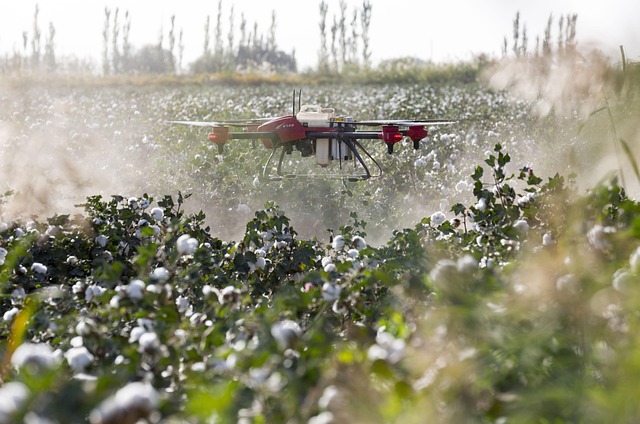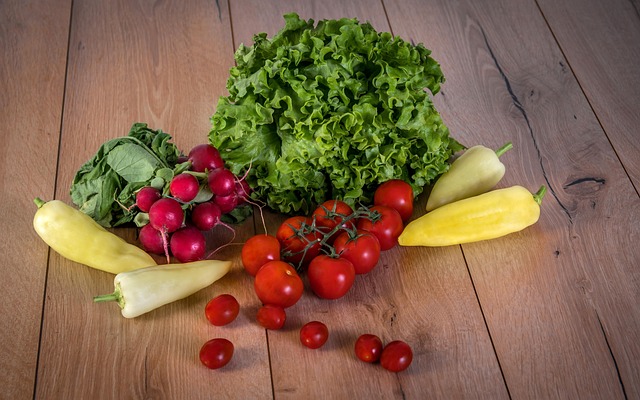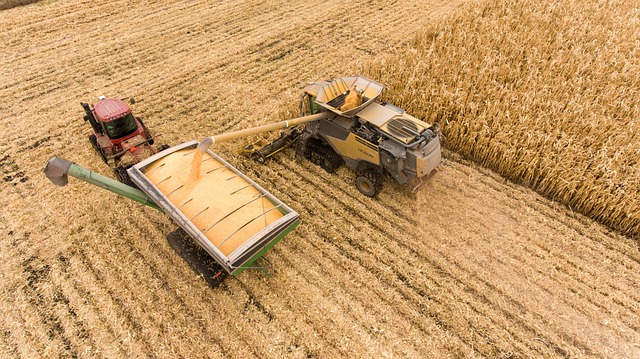Sustainable Transport Solutions for Plant Protection in Rural Agriculture
The importance of plant protection in rural agriculture cannot be overstated. As farmers face the continuous challenges of pests, diseases, and climate variability, ensuring the health and vitality of crops is crucial not only for their livelihoods but for global food security. However, the methods we employ for plant protection also require us to think critically about our transport systems, particularly in rural settings. Transport sustainability is a vital component of this conversation, linking environmental, economic, and social factors that contribute to the overall well-being of farming communities.
Transport Sustainability: A Critical Pillar
As we explore sustainable transport solutions, it becomes evident that the choices we make in moving resources—whether it’s agricultural inputs, equipment, or even the produce itself—have significant implications for the environment. Rural areas often contend with limited access to conventional transport infrastructure, encountering challenges in logistics that can hinder efficient plant protection.
Innovative solutions such as electric vehicles, solar-powered transport, and efficient routing systems can reduce the carbon footprint associated with moving agricultural supplies. Additionally, using local resources to create transport solutions can empower rural communities. For example, leveraging bicycles or small electric utility vehicles can facilitate the movement of eco-friendly pesticides and protective equipment while minimizing environmental impacts and reducing costs.
Rural Development: Empowering Agricultural Practices
Integrating sustainable transport solutions into rural development strategies fosters a holistic approach to plant protection. By improving the mobility of farmers and agricultural professionals, we can enhance access to timely information and resources, enabling them to respond promptly to emerging threats to crops. For instance, mobile applications can help farmers stay informed about pest outbreaks, supporting their efforts in effective plant care and protection.
Furthermore, investing in local infrastructure, such as community roads that connect farmers to markets and information hubs, can dramatically improve access to vital resources. When farmers can efficiently transport their harvests, they not only secure better prices but can also invest in better plant protection techniques, creating a cycle of growth and sustainability.
The Role of Technology
Technology is undoubtedly a game-changer in the realm of plant protection and sustainable transport. Drones, for instance, can be employed for aerial monitoring, enabling farmers to identify crop health issues from above and apply protective measures in a targeted manner. Not only does this reduce waste, but it also enhances the precision of interventions, ensuring that resources are directed where they are most needed.
Incorporating data analytics into transport logistics can optimize delivery routes, reduce time loss, and enhance the efficiency of transporting agricultural products and plant protection materials. By harnessing data, rural farmers can navigate their supply chains more effectively, ensuring they have timely access to the resources necessary for crop protection.
Community Engagement and Knowledge Sharing
Lastly, community engagement is pivotal for driving sustainable transport solutions in rural agriculture. Farmers working together on cooperative models can establish shared transport systems, making it easier to distribute resources and share knowledge on effective plant protection strategies. Workshops and training initiatives can foster a culture of learning, where farmers can exchange insights on sustainable practices and explore new technologies collectively.
Promoting sustainable transport solutions not only benefits individual farmers but strengthens entire communities. As we embrace the intertwined challenges of plant protection and rural development, it’s vital to recognize that the future of agriculture rests in our ability to adapt, innovate, and work together towards a more sustainable and resilient agro-ecosystem.




